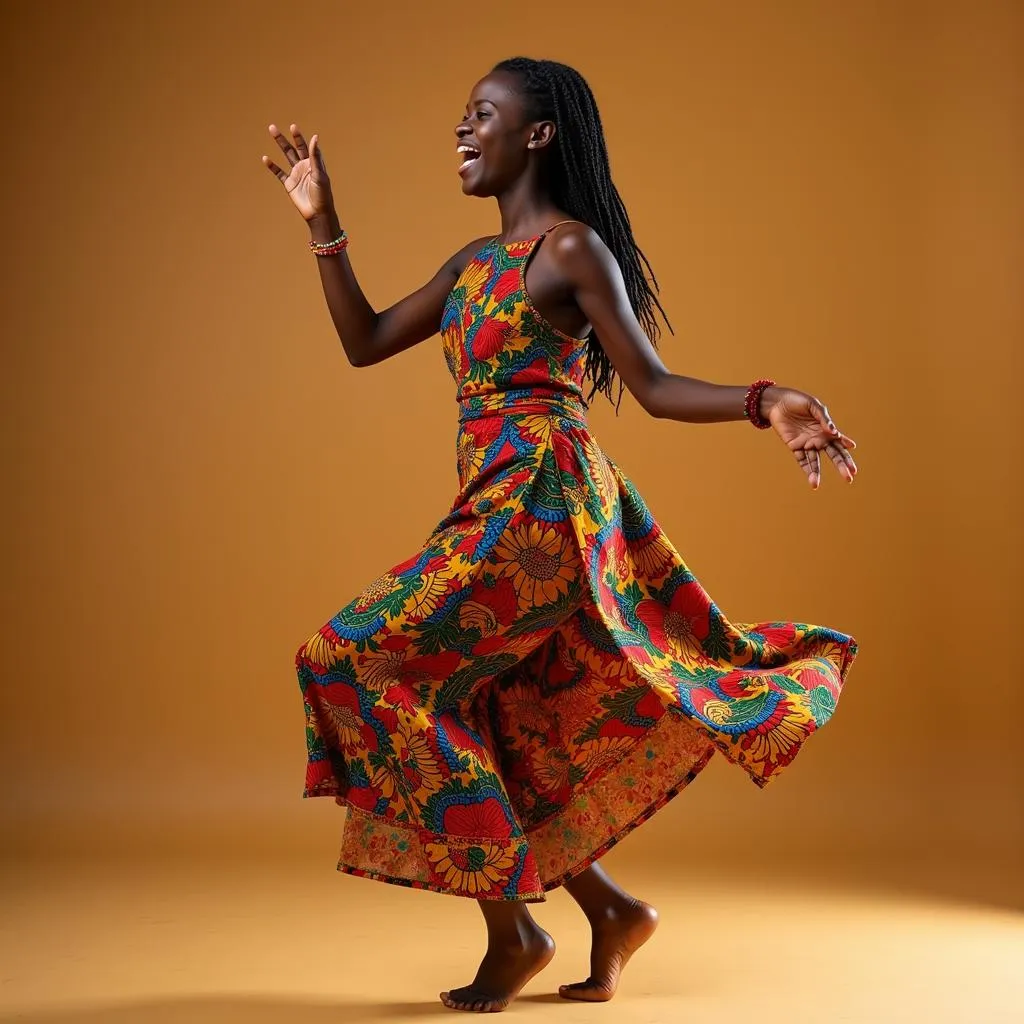A History of Faith: African American Churches in Richmond, VA
Richmond, Virginia, holds a unique place in the story of America. It is a city steeped in history, marked by both the triumphs and tragedies of the past. For African Americans, Richmond represents a significant landmark in their journey, and integral to that story are the African American churches that have served as pillars of strength and resilience for generations. These sacred spaces are more than just houses of worship; they are living testaments to the enduring spirit of a people determined to carve out a place of hope and freedom in the face of adversity.
The Enduring Legacy of Faith: Tracing the Roots
The roots of African American churches in Richmond run deep, reaching back to the days of slavery. Forbidden from congregating independently, enslaved Africans were often relegated to segregated sections of white churches or allowed to hold secret religious gatherings known as “hush harbors.” These clandestine meetings, held in secluded locations under the cover of darkness, provided a space for spiritual solace and cultural preservation.
The post-Civil War era brought about a significant shift. With newfound freedom, African Americans sought to establish their own independent churches, free from the restrictions and oppression of the past. It was during this period that many of Richmond’s oldest African American churches were founded, often by formerly enslaved individuals who carried with them the traditions and spiritual practices passed down through generations.
Beacons of Hope and Resistance: The Role of the Black Church
African American churches in Richmond quickly evolved into much more than places of worship. They became vital centers of community life, providing a range of services and support to their congregations. Churches acted as schools, offering education and literacy programs at a time when access to formal education was limited for African Americans. They served as social service organizations, providing food, clothing, and assistance to those in need.
As the fight for civil rights gained momentum, these churches became crucial meeting places for organizers and activists. The Black Church provided a safe haven for planning demonstrations, strategizing boycotts, and mobilizing communities to challenge segregation and discrimination. Richmond’s churches stood as powerful symbols of resistance, their pulpits transformed into platforms for powerful sermons that called for equality, justice, and an end to racial oppression.
From Generation to Generation: Preserving a Legacy of Faith
Today, African American churches in Richmond continue to play a vital role in the lives of the city’s residents. They remain pillars of faith, offering spiritual guidance and support to their congregations. They are active participants in community outreach programs, addressing issues such as poverty, education, and healthcare disparities. These churches also serve as important cultural institutions, preserving the rich history and traditions of African American life in Richmond.
Visiting one of these historic churches offers a glimpse into the heart and soul of Richmond’s African American community. It is an opportunity to experience the power of faith, the legacy of resilience, and the enduring hope that has sustained generations.
Conclusion
The story of African American churches in Richmond is a testament to the power of faith to overcome adversity. From their humble beginnings as clandestine gatherings to their emergence as influential institutions, these churches have played a pivotal role in shaping the social, political, and spiritual landscape of the city. By exploring their history and celebrating their legacy, we gain a deeper understanding of the African American experience in Richmond and the enduring power of faith, hope, and community.


